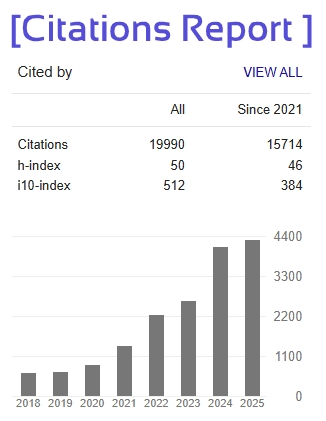A Systematic review on Indian Herbal formulation for the Management of Haemorrhoids
Shankar Murthy,K1
1 Department of P.G Studies and Research in Biotechnology, Kuvempu University, Shankaraghatta-577451,Shivamogga district, Karnataka.
Kiran B.R.2
2 Department of Environmental Science, University SMR College of Arts and Commerce, Shankaraghatta-577451,Shivamogga district, Karnataka.
(* Corresponding author: drbrk2003@gmail.com)
Divakar, R 3 .Sinchana D.B3
3 Department of P.G Studies and Research in Biotechnology, Kuvempu University, Shankaraghatta-577451,Shivamogga district, Karnataka.
Sana, D4
4 Department of P.G Studies and Research in Food technology, Kuvempu University, Shankaraghatta-577451,Shivamogga district, Karnataka.
ABSTRACT
Herbal medicine, also referred to as phytomedicine, pertains to the utilization of a plant's seeds, berries, roots, leaves, bark, or flowers for the treatment of diseases. Herbs possess numerous valuable phytochemicals or secondary metabolites effective in treating piles disease. They have a longstanding tradition of application beyond conventional medicine. The treatment of hemorrhoids or piles through herbs has proven efficient and offers a promising solution without adverse effects. Piles represent a prevalent condition of the gastrointestinal tract, commonly known as hemorrhoids or abnormal tissue clusters in the rectum. Hemorrhoids are characterized by the symptomatic enlargement and distal displacement of the normal anal cushions. Symptoms of piles may include a protruding mass, painful bleeding, discomfort during bowel movements, incontinence, or itching. Piles can lead to significant discomfort for patients, interfering with their daily activities and consequently diminishing their quality of life. A majority of individuals encounter this condition at least once in their lifetime. Many individuals maintain confidentiality regarding this ailment due to social stigma in its early stages, ultimately resorting to surgery in the chronic phase when hemorrhoids worsen. The recurrent nature of the disease necessitates the development of new treatment strategies. The objective of this review is to assess the significance of the herbal formulation for the management of hemorrhoids. This herbal formulation comprises a distinctive combination of plant-based components, including Azadiracta indica, Terminalia chebula, Mimosa pudica, Symplocos racemosa, Curcuma longa, Aegle marmelos, Glycyrrhiza glabra, and Foeniculum vulgare, all of which are advantageous in managing piles by alleviating symptoms and thereby aiding in the promise of hemorrhoidal edema.
Keywords: Piles/haemorrhoids, Anorectal disorders, Plant formulation,







